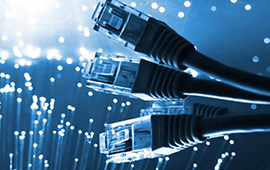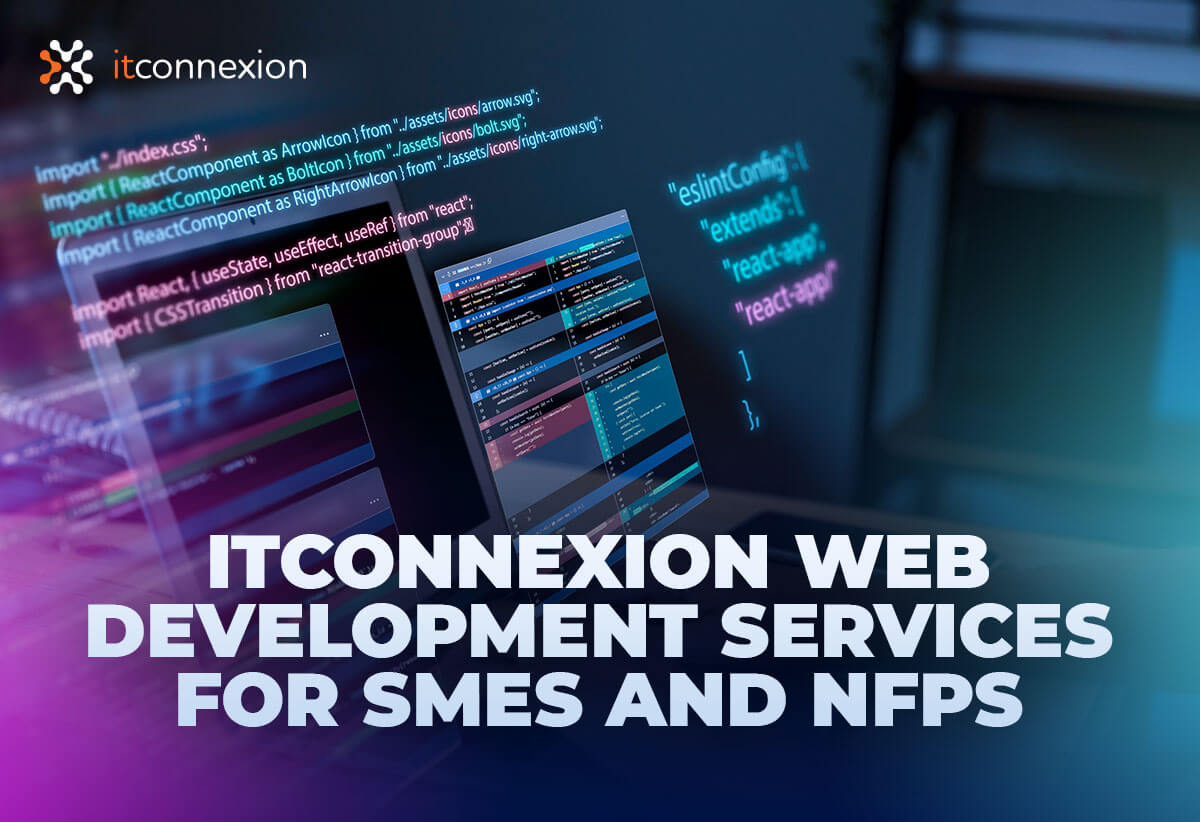Each type offers different levels of performance and reliability and it can be hard to know which connection is best for your business. But with more and more business operations dependent on the internet, it is imperative that you understand which connection is right for you.
ADSL2+
ADSL2+ is the most commonly used type of internet connection in Australia. This service uses the same infrastructure as the humble telephone and therefore it is readily available to most residential households and businesses. ADSL2+ has the lowest relative cost compared with other internet services although the speed will vary depending on your location from the telephone exchange – the closer you are, the faster the connection. A typical ADSL2+ service will provide a download speed between 10 megabits per second (Mbps) and 16Mbps.
The main disadvantage of ADSL2+ is the slow upload speed which is generally only 0.5Mbps. A slow upload speed will have a huge impact on your business when using cloud applications (such as VoIP, Dropbox, online backup) particularly if you have to ship large volumes of data out of your office. For example, any business that offers remote access for their staff will generally encounter poor (slow) performance over an ADSL2+ connection.The cheaper the ADSL2+ plan, the higher the contention ratio, meaning a larger number of people sharing the same connection. This reduces the stability of the connection, leading to drop outs.
If a reliable connection is critical to your business, but you want to stick to ADSL2+, investigate business grade connections which typically offer a 1:1 contention ratio. These plans are more expensive and generally have a slower download speed and a smaller data quota .
SHDSL – (Symmetrical high-speed digital subscriber line)
SHDSL internet services provide a stable connection with speeds of up to 80Mbps. SHDSL services are “symmetrical” meaning download and upload speeds are the same. Most providers will offer SHDSL internet connections with a Service Level Agreement (SLA) of 99.9% uptime or higher. This technology is scalable which means you can initially start with a slower speed at lower cost and upgrade your plan as your requirements change.
You should consider SHDSL (or Fibre) if your business requires:
- 10 or more staff to regularly use the internet;
- To upload and download large amounts of data and/or emails;
- Staff to work remotely on a regular basis;
- Connection to a number of branch offices;
- Reliable VoIP calls; and/or
- Online backup.
Fibre
If you have a large number of employees, or have a large bandwidth requirement, Fibre connectivity may be the right option for your business. Fibre connectivity uses an optical medium which is both extremely fast and extremely reliable. It is one of the highest grade connections available to businesses today. Before going ahead, ensure that an investigation is performed to identify whether this is suitable for your business, as the initial cost outlay and ongoing commitment can be considerable in comparison to other technologies.
ADSL2+, SHDSL and Fibre are all cabled technologies. You should keep in mind that it is possible that the cable technology available to your premises is limited (or unavailable). In that scenario, you will have to consider Wireless Broadband.
Wireless broadband
Wireless broadband internet is ideal for business locations that cannot be readily serviced by cabled technologies such as ADSL2+ or SHDSL. Whilst the establishment costs of a wireless broadband service are similar to DSL, the speed can vary greatly depending on a number of factors outside of the provider’s control. The high comparative cost per gigabyte can be off-putting, although it can provide your organisation with high speed connectivity.
In Summary
It is important to evaluate your business’ need for internet performance and reliability before making an investment in a service. This will allow you to make an informed decision based on your requirements and the options available. These options should be weighed up in terms of both cost and the potential for increased productivity within your business.
Each type of connection has advantages and disadvantages which are summarised in the table below. The important thing is to ensure that you correctly identify your business requirements in order to choose the most appropriate service. Here are a few key considerations:
- ADSL2+ is one of the more cost-effective options, however it does not provide the greatest level of reliability. It can often be best utilised as a secondary backup line.
- If reliability is very important to your business operations, it is best to look into a more stable option such as SHDSL or Fibre.
- SHDSL is one of the most common alternatives to ADSL2+ as it is suitable for all organisations, the initial cost is minimal and ongoing costs are usually fair.
- If you need something more mission-critical or you need to cater for a large number of users, Fibre internet is the more appropriate choice.
- Wireless broadband as a general rule should only be used as a last resort, such as if other connectivity options are unavailable, or if your business requires the ability to roam.
| Technology | Cost | Advantages | Disadvantages | Ideal scenario |
| ADSL2+ | Low | Low cost, readily available and relatively high download speed. | Limited upload speed, can be unreliable. | Small to medium businss with <10 staff, secondary backup line. |
| ADSL2+ (Business Grade) | Medium | High reliability and relatively low cost. | Limited uploading bandwidth. | Small to medium business where reliability is important. |
|
SHDSL (Symmetrical high-speed digital subscriber line) | High | High reliability and scalable upload and download speeds. | High cost, long set up time. | Business’ with 10 or more staff with remote access and high upload requirements. |
| Fibre | Very High | High reliability and highly scalable speeds. | Very high initial set up and running costs. | Medium to large organisations with great data demand. |
| Wireless Broadband | Very High | Available in more areas than any other technology, does not require existing infrastructure. | More expensive and less stable than cabled technology. | When other cabled technology is limited or not available. |





